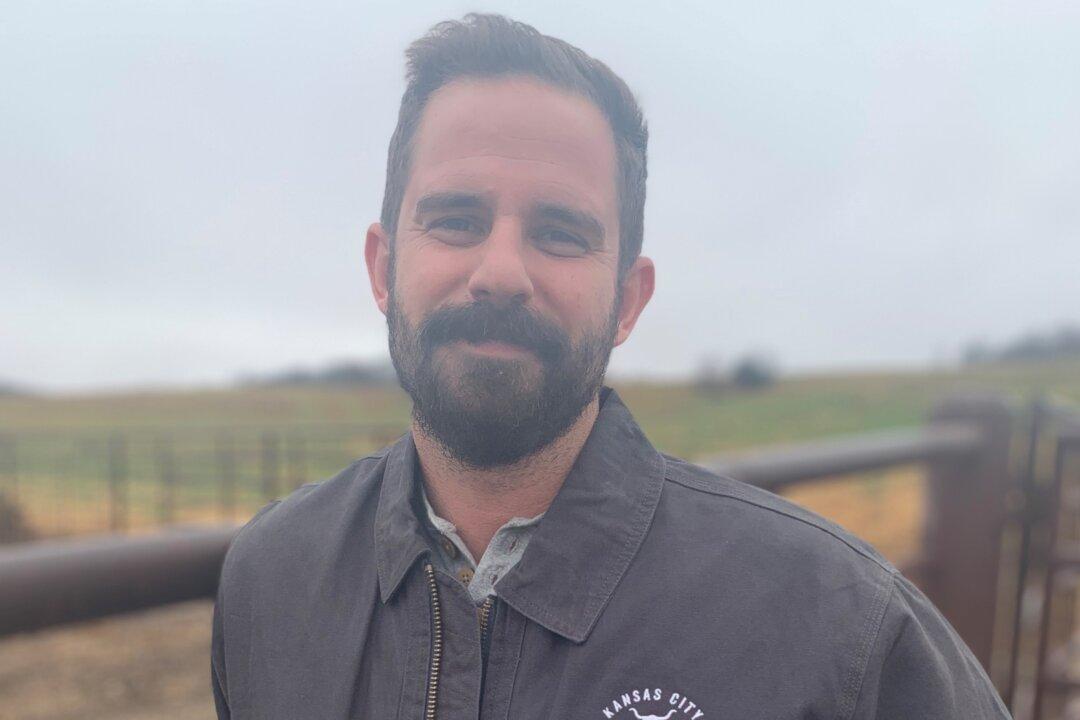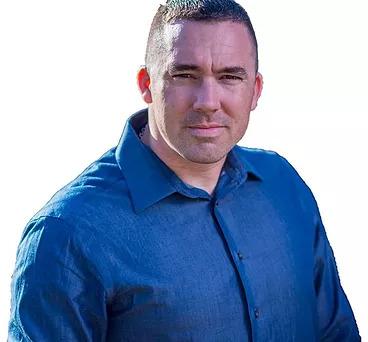The homeless are one of our country’s most neglected and misunderstood populations.
For a few days in 2003, a woman took a “leap of faith” to give up her comfortable bed and live on the streets with the homeless in Austin, Texas, and to connect with them. In return, she gained a new perspective.






